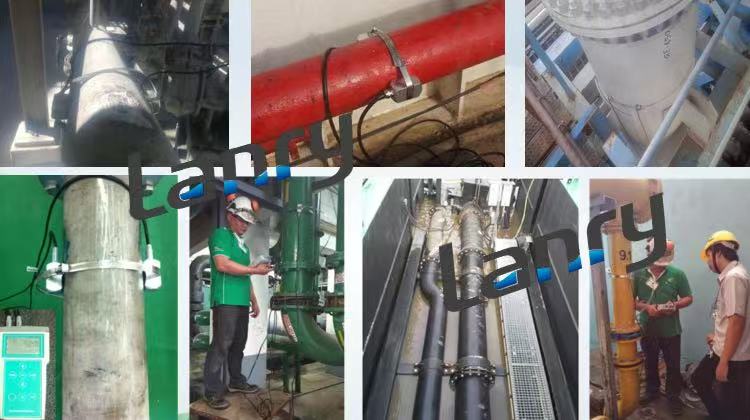Transit - Time Sensors
Transit - time sensors operate based on the principle of measuring the time difference for ultrasonic waves to travel in the direction of flow and against the direction of flow. These sensors typically consist of a pair of ultrasonic transducers. One transducer acts as a transmitter, emitting ultrasonic waves into the fluid, while the other serves as a receiver.
When the fluid is in motion, the ultrasonic waves traveling downstream will reach the receiver in a shorter time compared to those traveling upstream. By precisely measuring this time difference, the flow velocity of the fluid can be calculated. Transit - time sensors are highly accurate and are suitable for measuring the flow of clean and homogeneous fluids. They are often used in applications where high - precision flow measurement is required, such as in chemical processing plants for measuring the flow of pure liquids or in some water treatment facilities.
Doppler Effect - Based Sensors
Doppler effect - based sensors rely on the Doppler effect, which occurs when there is a relative motion between the ultrasonic source (transmitter), the fluid, and the receiver. In a Doppler ultrasonic flow meter, the ultrasonic transducer emits ultrasonic waves into the fluid. If there are particles or bubbles in the fluid, the ultrasonic waves will be scattered by these moving entities. The frequency of the scattered waves received by the transducer will be different from the emitted frequency.
This frequency shift is proportional to the velocity of the particles or bubbles in the fluid, and thus, the flow velocity of the fluid can be determined. Doppler effect - based sensors are particularly useful for measuring the flow of fluids that contain suspended particles or bubbles, such as sewage water in wastewater treatment plants, pulp and paper industry slurries, or oil - water mixtures in the petroleum industry.
In addition to these two main types, there are also some hybrid sensors that combine the features of transit - time and Doppler effect - based sensors. These hybrid sensors aim to take advantage of the strengths of both sensor types, providing more accurate and reliable flow measurements in complex fluid conditions.
In conclusion, the choice of sensor category in a Doppler ultrasonic flow meter depends on the nature of the fluid being measured. Transit - time sensors are ideal for clean fluids, while Doppler effect - based sensors are more suitable for fluids with suspended matter. Understanding these sensor categories is essential for engineers and operators to select the most appropriate Doppler ultrasonic flow meter for their specific applications, ensuring accurate and efficient flow measurement.

Post time: Mar-17-2025

